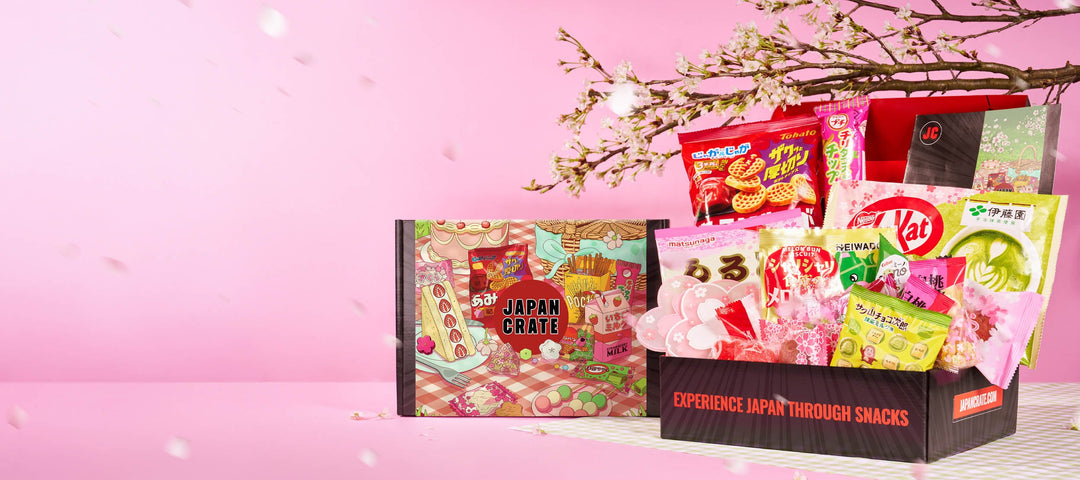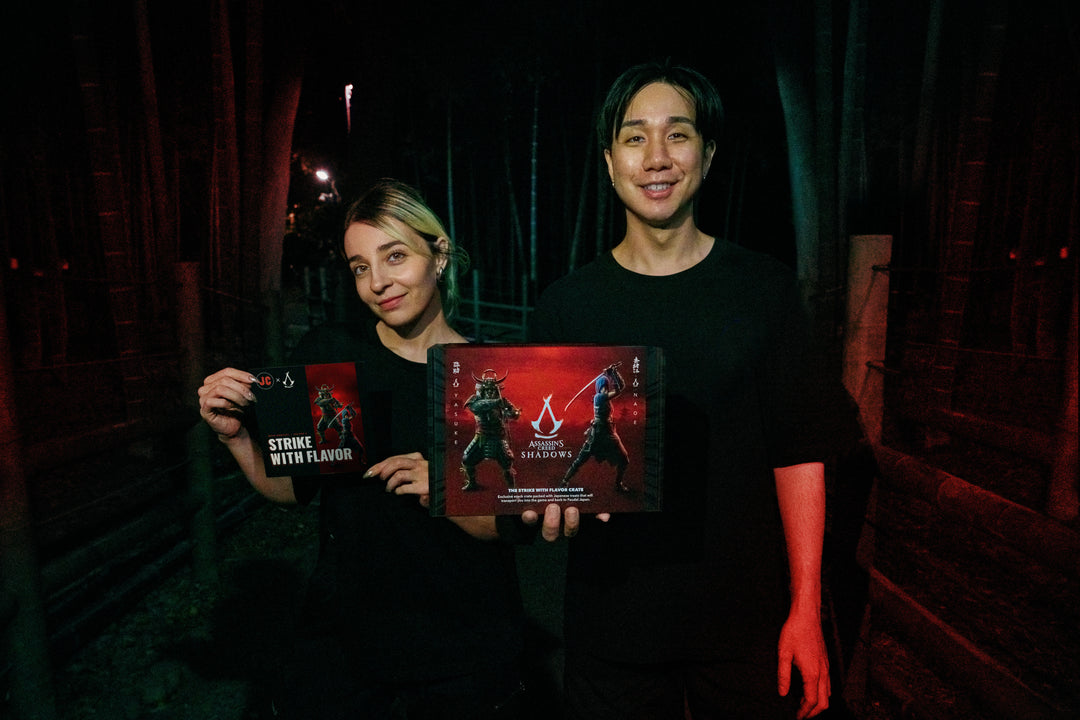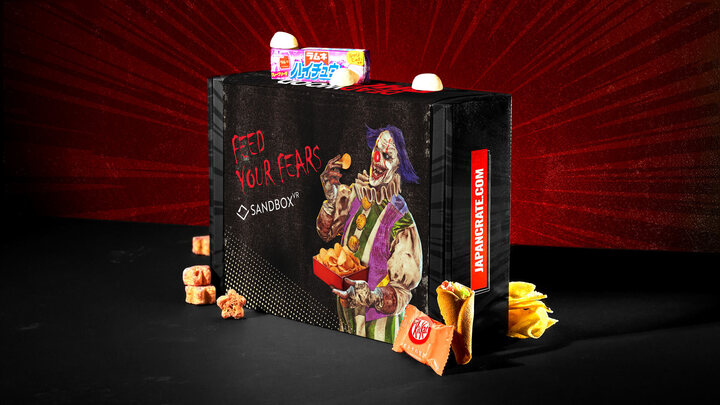What is Takenoko No Sato?
Innovation is key to making a product more exciting for the consumers and Takenoko No Sato is a fine example of it. Japan for one, is a country where the appearance of the food matters a lot. Japanese food manufacturers are continuously battling ideas to make their products unique and the shape of the product plays a crucial role in it. The confectionary industry especially comes up with amazing ideas and has a variety of shapes when it comes to chocolate biscuits.
Imagine eating delicious biscuits that are covered with easy-melting chocolate and are in the shape of bamboo shoots. Exciting enough? Well, this is what Takenoko No Sato is- chocolate-covered biscuits in the shape of bamboo shoot.
Takenoko stands for baby bamboo in English. When translated to English, Takenoko No Sato means ‘Bamboo shoot village’.

Takenoko No Sato is manufactured and sold by Meiji; a company known for offering the world’s best chocolates. So, are they a cookie? No, they are considered candy and eaten and cherished by the Japanese along with the rest of the world.
The snack is quick to grab and eat on the go variety and is pretty famous in Japan. The bite-sized pieces are delicious with the chocolate melting first offering you the crunch of a crispy biscuit in subsequent bites.
Takenoko No Sato: the favorite snack of Japanese
Meiji is a reputed manufacturer known to offer a wide range of exotic snacks/cookies to the world. Takenoko No Sato is one of their finest offerings and is sold at a very high rate across the world. They are very much similar to, in fact often confused with Kinoko No Yama, another product from Meiji, but the shape varies significantly.
While Kinoko No Yama is mushroom-shaped chocolate biscuits, Takenoko No Sato, as aforesaid, are small baby bamboo-shaped delights. The taste is marvellous and because they are easy to eat, they became a hit as soon as they were launched in the market.

About Meiji Dairies, the company that makes Takenoko No Sato
Meiji Dairies is a leading Japanese food company founded in 1994. The name was later changed to Meiji Co., Ltd. In 2011. The company is headquartered in Koyo City, Tokyo, Japan and offers a wide range of Japanese chocolate and dairy snacks. Two of its highly sold chocolate treats are Kinoko no Yama and Takenoko no Sato.
The company aims to offer more exciting food and snacks to the Japanese and hence innovates every time. Takenoko no Sato is one of their most successful products with demand growing every day. It was an instant hit in the market in the year 1979 soon after the launch of its sister product Kinoko No Yama; a miniature mushroom snack.
What is Takenoko No Sato made of?
Takenoko No Sato is a combination of the best quality ingredients. Meiji is very particular about its products when it comes to quality and taste and hence uses the finest quality ingredients.
A Takenoko No Sato cookie is made of Sugar, wheat flour, powdered whole milk, cocoa mass, shortening, egg, vegetable oil, cocoa butter, egg white, margarine, almond paste, lactose(milk), powdered skimmed milk, salt, creaming powder, malt extract, emulsifier (soybean), leavening agent, and flavoring.
A 100-gram pack of Takenoko No Sato contains 2339kJ/559kcal and 339g of fat. It also has protein and carbs to offer. Each piece has a bamboo-shaped biscuit with a thin, creamy layer of milk chocolate which is finally topped with a darker chocolate coating.

Taste
Takenoko No Sato offers you the best of both worlds. The crunch of a biscuit and the softness of both dark and soft chocolate. The chocolate carries a little bitterness which makes it taste like caramel, enhancing the taste amazingly though.
The biscuit is almond flavored and rich in taste. It is crispy and rough, much like a Choco chip cookie that we relish every day.
Packaging
Takenoko No Sato comes in an easy-to-open presentation box packaging with a jungle theme design. The box has Takenoko No Sato written in Japanese and the font resembles baby bamboo shoots, much like the product inside. The inner packaging is equally cute and has an eye-catching woodland home design.
Standard Takenoko No Sato box contains 70 grams of product and there is a best before the date mentioned on every box, informing you the time you can relish the original taste of this amazing Japanese snack.
If you are interested in knowing more about Takenoko No Sato. There is a pictorial representation of the product at the back, with a description in Japanese explaining each layer of the cookie or biscuit, whatever you prefer calling it.
Interesting facts about Takenoko No Sato
Meiji researched a lot before launching Takenoko No Sato and it was born due to the success of Kinoko No Yama.
• Kinoko No Yama Vs. Takenoko No Sato is a whole controversy that started around 1980. People debate which one is the best and to date, the debate is on.
• The argument Kinoko No Yama Vs. Takenoko No Sato gave Meiji an amazing advertisement idea and the company launched “Kinoko No Yama and Takenoko No Sato General Election” in 2019. The election was on for a period of 4 months.
• Sadly, it was Kinoko No Yama that won the election with 6,021,986 votes whereas Takenoko No Sato got 4,565,799 votes.
• Takenoko No Sato became famous in Japan as a perfect sweet gift. However, they were more eaten directly by buyers considering they were too cute to resist.

Where to buy Takenoko No Sato?
We obviously have a perfect place to buy Takenoko No Sato and Kinoko no Yama. Check out Sugoi Mart for an instant purchase. We also have stocks of Pocky, Kit kat Ghana Milk Chocolate and other high-in-demand Japanese confectionery products.
Our Japan Crate subscription box will also sometimes include this product.
Author Bio







Leave a comment